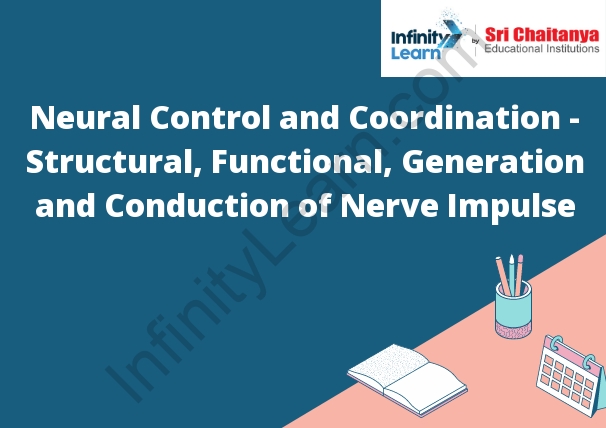Table of Contents
Neural Control and Coordination Class 11
In the nervous system, neural control and coordination refers to the way in which the nervous system coordinates and controls the body’s movements. This is done through the coordination and control of the muscles, and the way in which the nervous system sends messages to these muscles. The nervous system is able to do this through the use of neurotransmitters, which are chemicals that relay messages between the brain and the muscles.

Neural System
The neural system is responsible for the transmission of nerve impulses throughout the body. It is made up of the brain, spinal cord, and all of the nerves that connect them. The neural system can be injured in a number of ways, including car accidents, sports injuries, and falls. When the neural system is injured, it can cause a variety of symptoms, including pain, numbness, tingling, and weakness. If you have been injured in any way that may have affected your neural system, it is important to seek medical attention.
Human Neural System
The human neural system is the central nervous system of the human body. It consists of the brain and the spinal cord, and it controls all the activities of the body. The brain is a soft, spongy mass of tissue that is enclosed in a hard skull. The spinal cord is a long, thin, white cord that extends from the brain to the small of the back. The human neural system receives information from the sense organs and sends instructions to the muscles.
Neuron: Structural and Functional Unit of Neural System
A neuron is the structural and functional unit of the nervous system. It is a specialized cell that can transmit electrical impulses. The neuron has a cell body, dendrites, and an axon. The cell body contains the nucleus and the cytoplasm. The dendrites are branching extensions that receive input from other neurons. The axon is a long, slender extension that carries the electrical impulses away from the cell body.
Generation and Conduction of Nerve Impulse
When a nerve is stimulated, a nerve impulse is generated. A nerve impulse is a brief, electrical signal that travels down a neuron. This signal is created when positively charged ions, such as potassium, move into the neuron. This causes the neuron to become more positive on the inside and creates an electrical current. This current travels down the neuron until it reaches the end, where it causes the release of a chemical messenger, such as a neurotransmitter. This messenger then crosses the space between the neuron and the next neuron, where it binds to receptors on the next neuron. This causes the neuron to become excited and generate its own nerve impulse.







